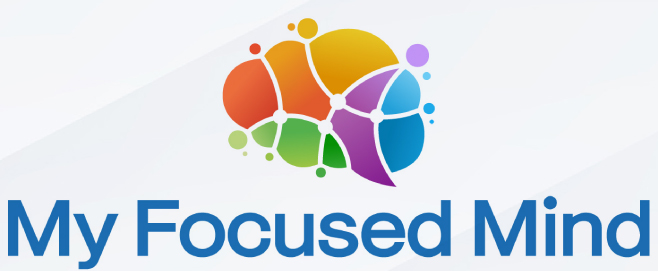
Why ADHD is Different for People of Color
Attention deficit hyperactivity disorder (ADHD), is one of the most common obstacles among children. What has also been witnessed widely is the disparity of its diagnosis and treatment across different races. The reasons behind this are varied, causing some children to spend years, and even decades of their lives confused about why things are more difficult for them. In this article we will examine where the difference lies, and what can be done about it.
Understanding Attention Deficit Hyperactivity Disorder
Known prominently as ADHD, attention deficit hyperactivity disorder refers to a type of brain disorder that hampers a person’s ability to organize and carry out daily functions. There are numerous symptoms unique to this disorder such as lack of concentration, impulsiveness, trouble in remembering things, procrastination, anxiety and depression, and difficulty in following directions, among other things.
In short, the executive functioning capabilities of the person are significantly hindered due to this disorder, making everyday life tough to navigate. What makes this worse is the systemic racial inequality as well as stigma around the issue which prevents many children from getting diagnosed at the right time.
Impact Of Racial Disparity On ADHD
Overlooking Symptoms In People Of Color: Getting treated for this disorder requires a diagnosis to be done by a mental health provider. The results are more effective when diagnosed early, which typically means detecting symptoms during childhood. However, unfortunately, many times providers tend to overlook the symptoms in people and children of color, particularly black and Hispanic populations.
While white children are often diagnosed and treated for signs of ADHD, similar symptoms in children of color are ignored or explained otherwise. This leads them to continue facing the same challenges throughout life (or until diagnosed), impacting not just their functionality, but the overall quality of life for them. Such challenges can make them question their life, and may also have undesirable outcomes for those that do not understand how to manage the symptoms.
Race-Based Stigma: It is not just the mental health providers who are responsible. Communities can influence treatment too. It has been noted widely that any kind of mental challenge, including something as common as this, has a lot of stigma around it, and people do not wish to discuss or even recognize mental health concerns. This has typically been passed down through the generations. In such cases, parents of these children do not like to address the issue or seek treatment and believe that a ‘strong mind’ is free of any disorders. It is important to note that parents are doing what they think is best for their children.
Lack Of Resources: A lack of resources to deal with ADHD stems from a lack of resources, information, and treatment options among different people. This lack of resources can significantly impact individuals suffering from this disorder, as even simple symptoms which can often be treated by strategies like coaching conducted by experts may be out of their reach.
Many black parents also feel that if diagnosed with any mental disorders, their children, and families may face punishment, or be treated unfavorably. They also often fear that children may face bullying. To avoid such risks, they associate symptoms of ADHD with problematic tendencies and characteristics of the children instead.
Resolving The ADHD Racial Disparity Issue
In order to address the racial disparity in the diagnosis and treatment of this disorder, it is vital to understand the underlying challenges and take the initiative to fix the root causes themselves.
While medical inequalities as a whole is a subject that needs to be systemically fixed, other issues like stigma in certain communities need to be tackled as well. Some steps which can be taken to resolve this disparity include the following:
Raising Awareness: One of the best ways to start working towards minimizing racial disparity in ADHD is by raising awareness about this disorder. Given the fact that it is a rather common issue, it is essential to start eradicating the stigma surrounding it by talking about the issue. People still lack awareness and do not talk about it. Further work is needed to educate the general population of how common the issue is.
Communities need to also be assured about, once diagnosed, how treatable it is with medication and coaching. Through awareness raising campaigns, it is possible to not only make parents and communities more compassionate but also provide some comfort to individuals who may already be suffering through it.
Since ADHD can go undiagnosed, and leave those who have it feeling confused about their abilities, informative sessions can provide an answer to them, and potentially encourage them to reach out to physicians and seek remedies.
Addressing Race Bias: This is another essential step in eradicating racial disparity in ADHD. As long as medical inequality continues to persist which treats Hispanic and black folks differently, the communities will not feel safe in getting a diagnosis for the ‘flawed behavior’ of the child. This kind of treatment from medical practitioners can prevent parents who suspect that the child may have issues, from seeking the right treatment or help.
Conclusion
ADHD is a treatable and common issue that has nothing to do with a person’s race. However, there is a racial disparity in recognizing and treating this order, which puts certain communities at risk. To prevent these individuals from having lifelong issues, it is essential to address these race-based issues and start talking more openly.


![Read more about the article Effective Strategies for Handling Kids’ Anger Outbursts [2024 Guide]](https://myfocusedmind.life/wp-content/uploads/2024/06/Family-Holding-Hands-300x200.jpg)
